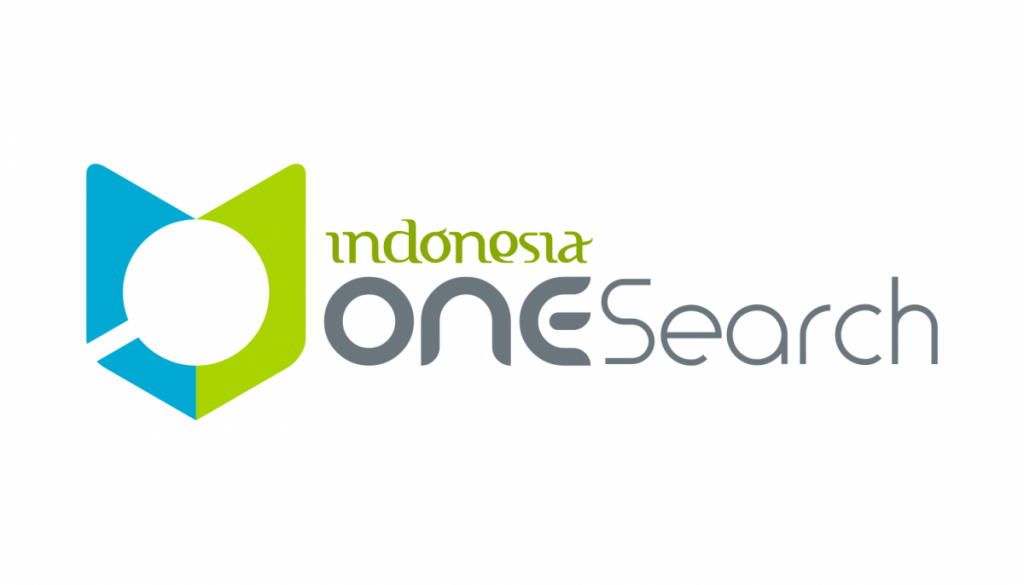Indonesian Journal of Medical Chemistry and Bioinformatics
Abstract
Coronavirus disease (COVID-19) caused by severe acute respiratory syndrome, namely coronaviruses (SARS-CoV-2) has been a pandemic to date and is contagious with relatively high mortality rates. Various efforts have been made to control the pandemic to finding the best solution to reduce the spread such as rapid detection based on molecular and serological, as well as efforts to find the best medicine for COVID-19 patients continue to be carried out. We analyzed and concluded that the presatovir compound is capable of being a substitute for the native protein ligand 7KG7, this is proved with a ΔG value of -13.22 kcal/mol and a constant inhibition value of 202.12 pM smaller than the native ligand. Other compounds such as tipranavir and montelukast with ΔG values of -10.99 and -10.81 kcal/mol as well as constant inhibition values at 11.95 and 8.77 nM also indicate that the three test ligands are better than the native ligands. Another supporting factor of this finding was the fact that test ligands were discovered to possess hydrogen bonds that were either greater than or equivalent to those of the initial ligand. The third test ligand exhibited a promising affinity as a possible substitute for native ligand, however, it is imperative to carefully evaluate and take into account the ADMETOX (Absorption, Distribution, Metabolism, Excretion, and Toxicology) elements before to proceeding with the in-vitro or in-vivo phase.
Bahasa Abstract
Penyakit coronavirus (COVID-19) disebabkan oleh sindrom pernapasan akut yang parah, yaitu coronavirus2 (SARS-CoV-2) telah menjadi pandemi hingga saat ini dan menular dengan tingkat kematian yang relatif tinggi. Kami menganalisis dan menyimpulkan bahwa senyawa presatovir mampu menjadi pengganti ligan asli protein 7KG7, hal ini dibuktikan dengan nilai delta G mencapai -13.22 kkal/mol dan nilai penghambatan konstan mencapai 202.12 pM yang lebih kecil dari ligan asli. Senyawa lainnya seperti tipranavir dan montelukast dengan nilai delta G mencapai -10.99 dan -10.81 kkal/mol serta nilai penghambatan konstan mencapai 11.95 dan 8.77 nM yang juga menunjukkan bahwa ketiga ligan uji lebih baik daripada ligan asli. Pendukung lainnya adalah ditemukannya ikatan hidrogen yang lebih atau sama dengan ligan asli. Ligan ketiga uji menunjukan potensi sebagai kandidat senyawa ( senyawa timah).), namun ketiga ligan tersebut tetap harus memperhatikan dan mempertimbangkan aspek ADMETOX (Absorbsi, Distribusi, Metabolisme, Ekskresi, dan Toksikologi) sebelum tahapan in-vitro atau in-vivo.
References
- Touret, F.; Gilles, M.; Barral, K. et al. In vitro screening of a FDA approved chemical library reveals potential inhibitors of SARS-CoV-2 replication. Scientific reports, 2020, 10(1): 1-8.
- Guan, W.J.; Ni, Z.Y.; Hu, Y. et al. Clinical characteristics of coronavirus disease 2019 in China. New England Journal of Medicine, 2020, 382(18): 1708-20.
- Wang, Y.; Kim, N.S.; Haince, J.F. et al. Poly (ADP-ribose)(PAR) binding to apoptosis-inducing factor is critical for PAR polymerase-1–dependent cell death (parthanatos). Science Signaling, 2011, 4(167): ra20-ra.
- Frick, D.N.; Virdi, R.S.; Vuksanovic, N. et al. Molecular basis for ADP-ribose binding to the Mac1 domain of SARS-CoV-2 nsp3. Biochemistry, 2020, 59(28): 2608-15.
- Rack, J.G.M.; Zorzini, V.; Zhu, Z. et al. Viral macrodomains: a structural and evolutionary assessment of the pharmacological potential. Open Biology, 2020, 10(11): 200237.
- Pinzi, L.; Rastelli, G. Molecular Docking: Shifting Paradigms in Drug Discovery. International journal of molecular sciences. 2019; 20(18).
- Meng, X.Y.; Zhang, H.X.; Mezei, M. et al. Molecular docking: a powerful approach for structure-based drug discovery. Current Computer-aided Drug Design, 2011, 7(2): 146-57.
- Ghose, A.K.; Viswanadhan, V.N.; Wendoloski, J.J. A knowledge-based approach in designing combinatorial or medicinal chemistry libraries for drug discovery. 1. A qualitative and quantitative characterization of known drug databases. J Comb Chem, 1999, 1(1):55–68.
- Fu, Q.; Zheng, X.; Zhou, Y.; Tang, L.; Chen, Z.; Ni, S. Re-recognizing bromhexine hydrochloride: pharmaceutical properties and its possible role in treating pediatric COVID-19. Eur J Clin Pharmacol, 2021, 77(2):261–3.
- Daina, A.; Michielin, O.; Zoete, V. SwissADME: a free web tool to evaluate pharmacokinetics, drug-likeness and medicinal chemistry friendliness of small molecules. Sci Rep, 2017, 7(1):1–13.
- Morris, G.M.; Huey, R.; Lindstrom, W.; Sanner, M.F.; Belew, R.K.; Goodsell, D.S.; et al. AutoDock4 and AutoDockTools4: Automated docking with selective receptor flexibility. Journal of Computational Chemistry, 2009, 30(16):2785–91.
Recommended Citation
Al Fiqri, Ahmad Ridha
(2024)
"Basic Structure of the Pharmacophore Virtual Screening Protein 7kg7 for Candidate Therapeutic Options COVID-19,"
Indonesian Journal of Medical Chemistry and Bioinformatics: Vol. 2:
No.
2, Article 2.
DOI: 10.7454/ijmcb.v2i2.1004
Available at:
https://scholarhub.ui.ac.id/ijmcb/vol2/iss2/2







